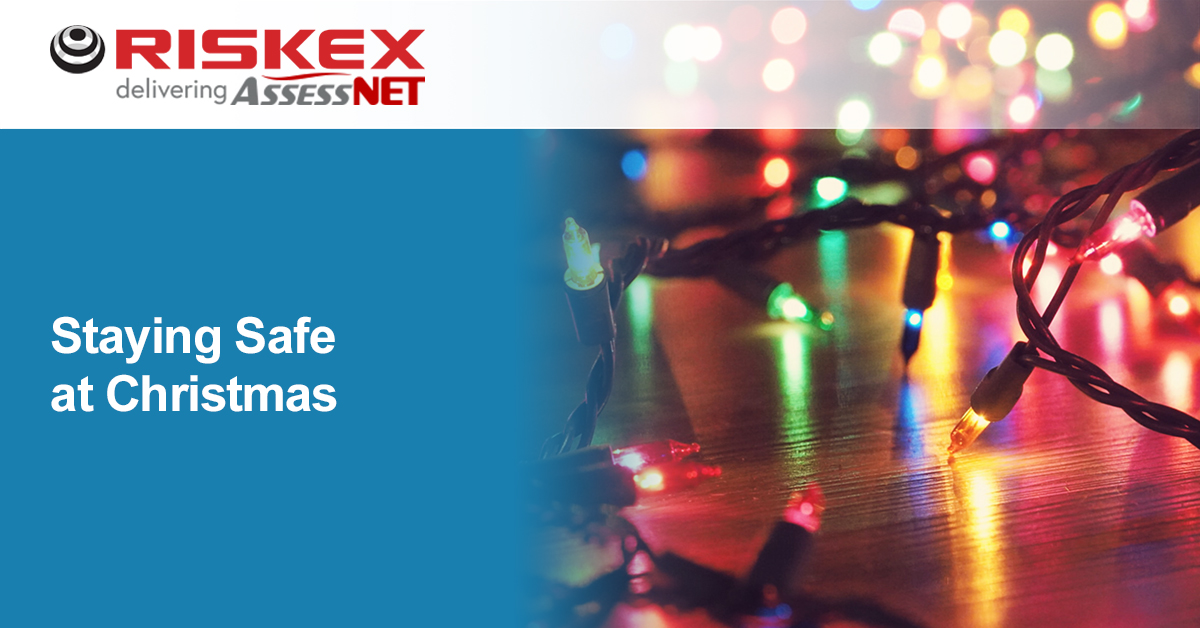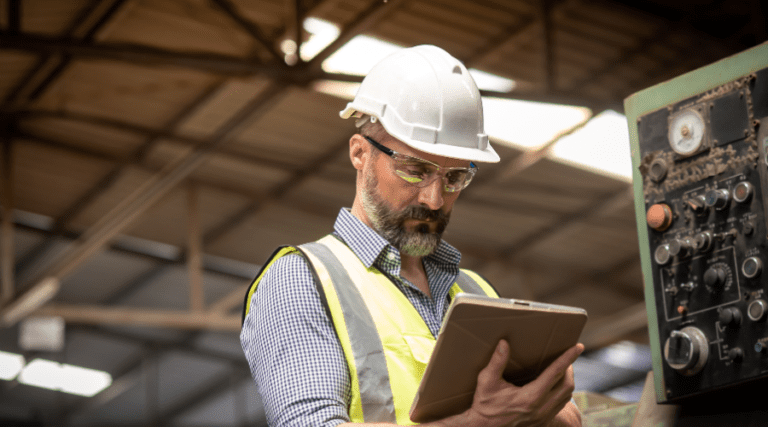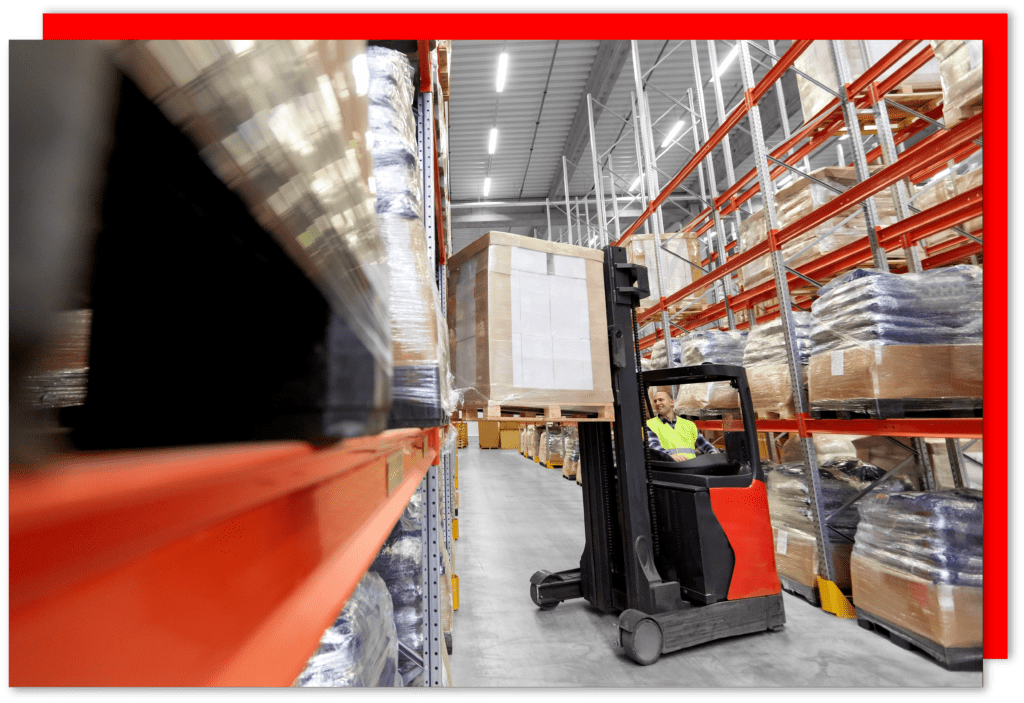According to the RoSPA, more than 80,000 people go to A&E each year for Christmas-related accidents and over 6,000 of these need to be admitted. Read on for some simple but useful Christmas safety tips:
- Christmas Decorating: Slips, trips and falls account for a significant number of accidents at Christmas, especially as the use of ladders increases to put that star on top of the tree or turn the outside of a house into a light show. Always exercise caution when using ladders or when carrying out any activities at height:
Do….
- as much work as possible from the ground.
- ensure equipment is suitable, stable and strong enough for the job, maintained and checked regularly.
- take precautions when working on or near fragile surfaces.
- provide protection from falling objects.
Don’t…
- overload ladders – Check the pictogram or label on the ladder for information.
- overreach on ladders or stepladders.
- rest a ladder against weak upper surfaces, e.g. glazing or plastic gutters.
- use ladders or stepladders for strenuous or heavy tasks, only use them for light work of short duration (a maximum of 30 minutes at a time).
- Electrical injuries: Out of date Christmas lights increases the number of electrical injuries. Remember to test your lights every year and discard any lights that show signs of damage or fault. Make sure you do not overload plug sockets and switch the lights off at night and when you go out.
- Fire Risk – Christmas lights, candles and flammable trees and decorations lead to an increase in fires at home. When using candles, always make sure you keep the surrounding areas clear (never near Christmas trees and decorations). Never leave naked flames unsupervised and ensure they are extinguished properly before leaving the house.
- Kitchen – Kitchens can be dangerous environments at the best of times, however when you factor in increased stress levels, more people and alcohol, then you could have a recipe for disaster. Common risks include burns from hot food, boiling water and injuries from sharp knives. Try to limit the number of people and distractions within a kitchen at any given time.
- Food related – On top of the risks in the kitchen, there are also many risks to do with the food itself, including choking, indigestion, allergies and food poisoning, which can be caused by an undercooked turkey. Ensure you follow the guidance on the packaging and don’t take any shortcuts, defrost and cook the turkey for the specified times.
- Adverse weather conditions – Despite the uncertainty the past two years have caused, one thing is for certain here in the UK, cold, frost, icy, damp, dark and wet weather are almost a guarantee. With the potential addition of snow, this makes for hazardous terrain which will be compounded by carrying bags of gifts and any alcohol consumed. Always ensure adequate safety checks are carried out on your vehicles and that suitable footwear is worn on icy surfaces.
- Unsafe toys – Despite the eagerness to open presents, it is important to keep an eye on some toys, especially in the hands of younger children who are more prone to putting items in their mouths resulting in choking. The RoSPA website contains some useful guidance.
- Omicron Variant – The most significant safety risk this festive season is one we’ve been dealing with for nearly two years. Covid still remains a real threat, especially with the arrival of Omicron. As cases of the new variant rise, many people are understandably feeling worried. The BHF website contains some useful tips for staying safe and minimising the risks when celebrating Christmas.
The Riskex team wish you a safe and happy Christmas.












